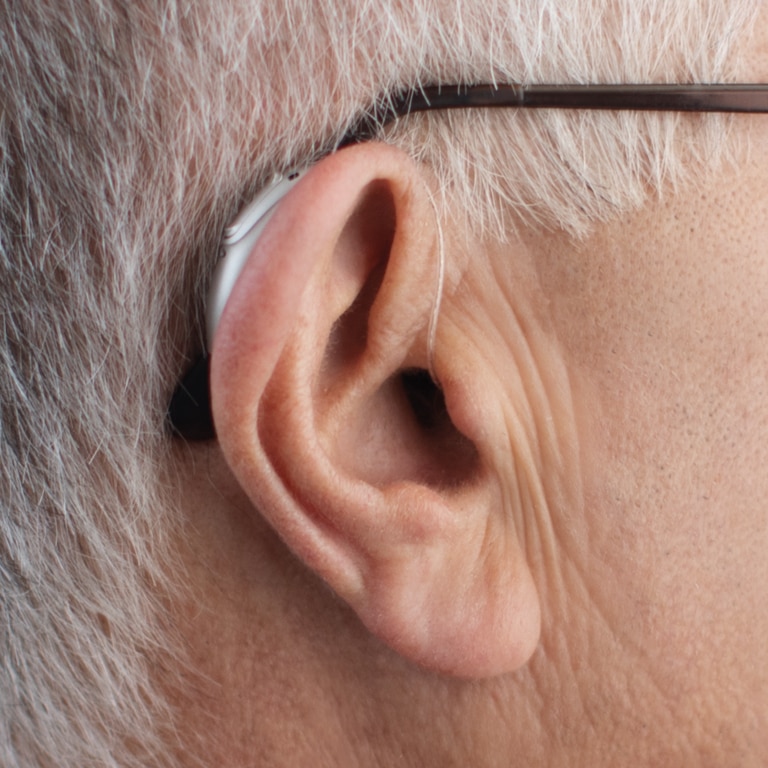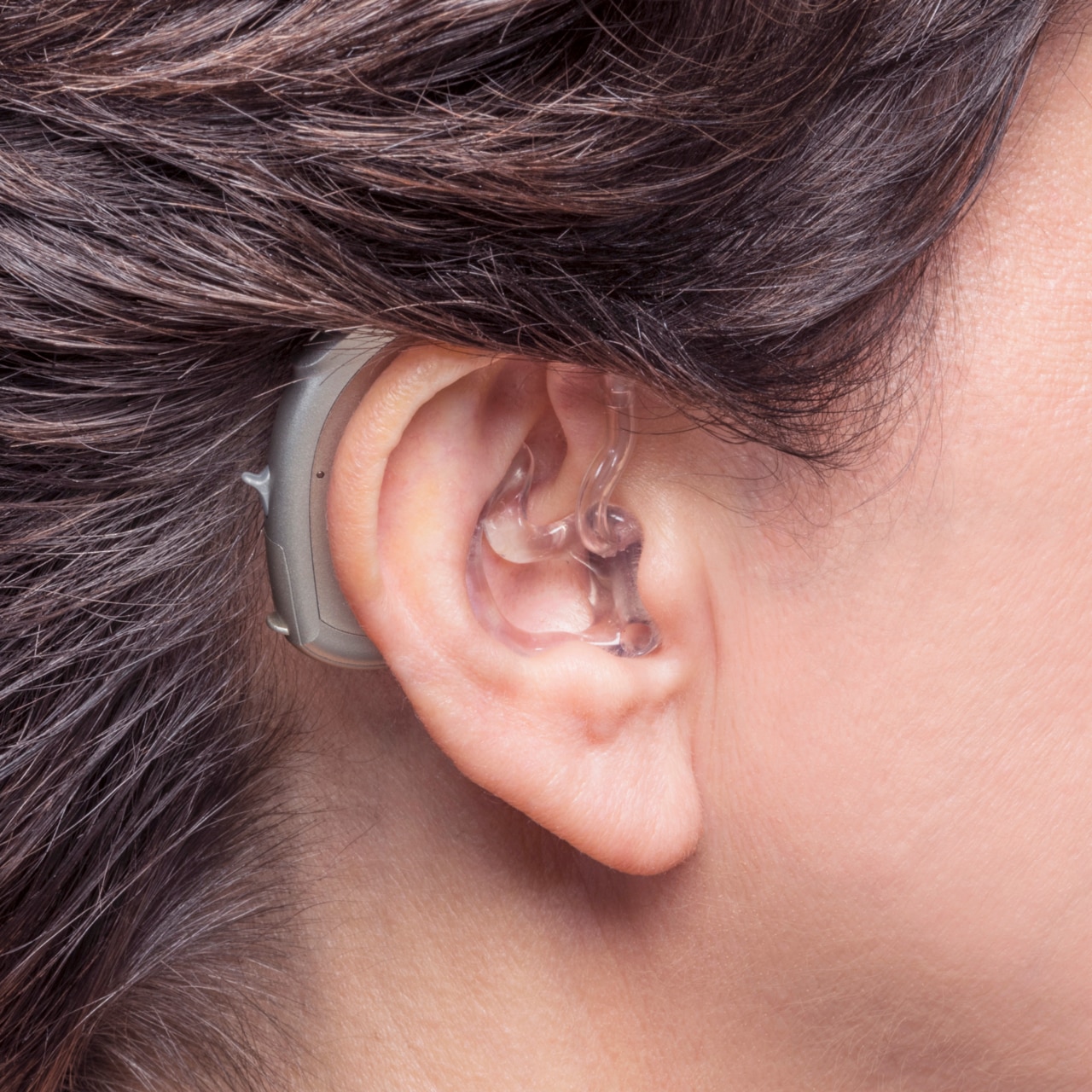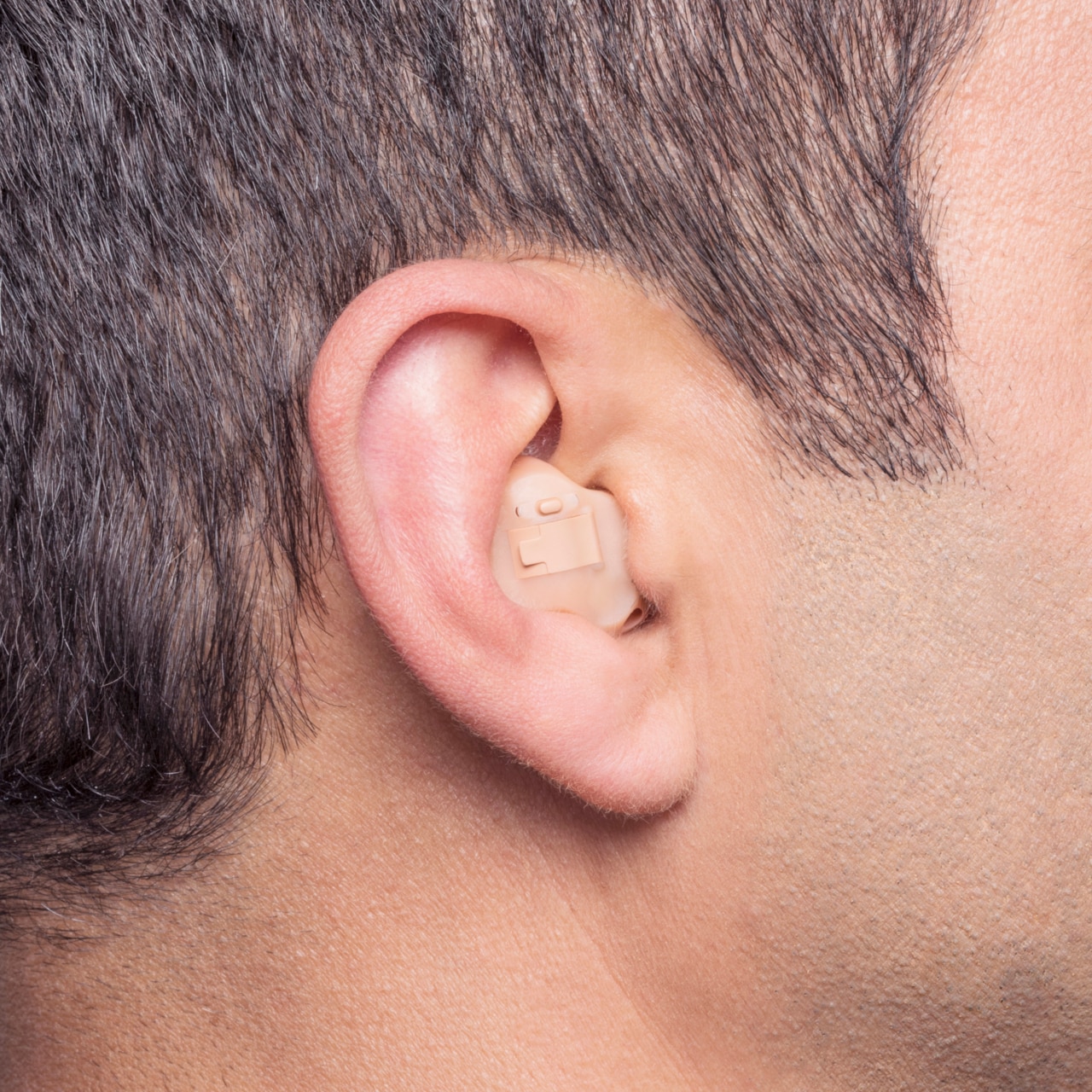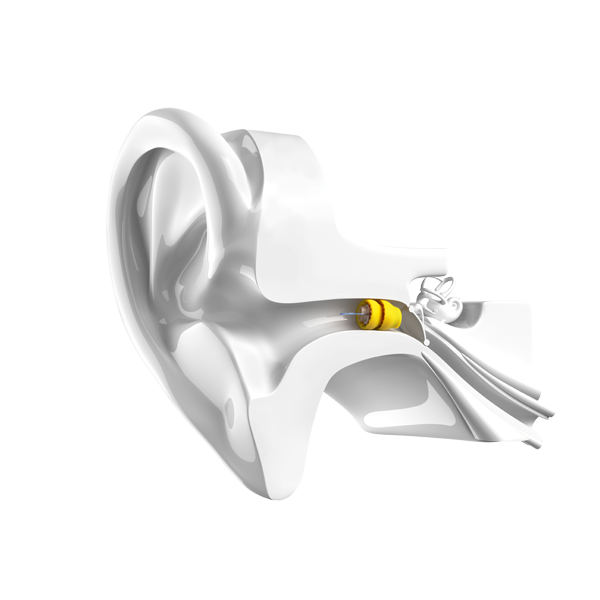Choose another country or region to see content specific to your location.
Hearing aid guide
Getting the right hearing aids depend on a few factors, but once you find the ones that suit you and your unique hearing needs, you’ll start to not only hear better, but you’ll also support your overall well-being to be an active participant in life.

The right hearing aids for you depend on your lifestyle
When you meet with your hearing care professional, it’s important that you tell them where you would like to hear better so they can recommend hearing aids that are specific to your unique lifestyle and hearing goals. The best hearing aids should allow you to seamlessly move from one listening situation to another, whether at home, in the office, or in social settings.
From participating in active sporting events, to gathering in crowds either for work or entertainment, it’s especially important to communicate your lifestyle needs to your hearing care professional so they can help you find a solution for any challenging listening environment.



Types of hearing loss
Getting hearing aids that are right for you will depend on your type and degree of hearing loss, which can be determined by getting a professional hearing test.
Conductive hearing loss
A type of hearing loss where sound cannot get through the ear canal or middle ear—usually because of an obstruction or trauma. Medication or surgery might be a solution for this kind of hearing loss since it is often caused by fluid, earwax, or an infection.
Sensorineural hearing loss
Accounting for about 90% of all reported hearing loss cases1, this is the most common form of hearing loss. Some common causes of sensorineural hearing loss include aging, injury, noise damage, and genetics. Hearing aids and cochlear implants are the most likely solutions for this type of hearing loss.
Mixed hearing loss
This type of hearing loss is a combination of conductive and sensorineural hearing loss.
Congenital vs. acquired hearing loss
Congenital is a type of hearing loss that’s present immediately at birth, whereas acquired hearing loss develops later in life.
Hearing loss in one ear
Also known as unilateral hearing loss (UHL), people with UHL can hear normally in one ear, but have any degree of hearing loss in the other ear. While some benefit from wearing a hearing aid on the ear with hearing loss, others might require different solutions. One option is a CROS system: a Phonak CROS L microphone picks up sound from the unaidable ear and transmits it to the normal hearing ear wearing a hearing aid. Another option is the Roger Focus II system: a Roger receiver, worn on the normal hearing ear, is paired with a Roger microphone for better hearing and speech recognition in noisy situations.
Tinnitus
Commonly referred to as “ringing in the ears,” tinnitus is a condition that is common with hearing loss, but not classified as hearing loss. It causes prolonged sounds in the ears and is often the most noticeable symptom of several conditions. Tinnitus can become much less noticeable when you expose your ears to additional sounds to focus on.

Levels of hearing loss
Getting a hearing aid that’s right for you will depend on your type and degree of hearing loss, which can be determined by getting a professional hearing test.
Mild hearing loss
Someone with mild hearing loss might hear most speech sounds but would like to hear conversations better, both in quiet and in noise. They can often miss some words in a sentence that make following a conversation more difficult.
Moderate hearing loss
Even when somebody is speaking at a normal volume, a person with moderate hearing loss might experience significant difficulty trying to understand them.
Severe hearing loss
A person with this type of hearing loss will not hear any speech when somebody is talking at a normal level and will hear only some loud sounds.2
Profound hearing loss
A person with profound hearing loss would not hear any speech at all and only very loud sounds.2
Hearing aid styles

Receiver-in-the-canal (RIC)
Also sitting comfortably behind the ear, this style of hearing aid is a bit more discreet because the receiver is not built into the hearing aid, but instead, sits in the ear. This makes RIC hearing aids smaller. Phonak products that feature this style:

Behind-the-ear
The receiver is the part of the hearing aid that makes sound, so when it’s built into the hearing aid, it means that all of the hearing device components are housed behind the ear and not in the ear canal. Carefully designed and durable, this is often the best hearing aid style for young children. Phonak products that feature this style:

In-the-ear
This style of hearing aid is designed specifically to fit your unique ear shape. Fitting perfectly inside your ear, this hearing aid style is as discrete as possible and offers the utmost comfort. Phonak products that feature this style:

Extended wear
Completely invisible, this style of hearing aid is designed to be put in and forgotten about. Once a professional inserts them, this hearing aid can be worn for months at a time. Phonak products that feature this style:


Signs it may be time for a new hearing aid
If you currently have hearing aids and can’t remember when you got them, it might be time for new ones. Wearing the same hearing aids for more than a few years could mean you’re missing out on important new developments.
Your overall health
Some health conditions can impact your hearing aid needs. With arthritis, for example, it can be hard to change the small batteries in the hearing aids, which could motivate you to consider rechargeable hearing aids.
Hearing aid usage
Hearing aids are constantly working all day long to help you hear better. You might want to check on their performance after a few years if you’ve put them through a lot of wear and tear.
The age of your hearing aid model
Six years is usually the lifespan of a hearing aid, but it depends on the style. Some newer models that are more technologically advanced may function better and more efficiently.
Your lifestyle changes
Your hearing needs will change as your lifestyle changes. For example, if you like listening to podcasts or music while you exercise, you might want to consider upgrading to Bluetooth® enabled hearing aids, which can offer you a more digitally connected lifestyle.
You’re having difficulty hearing
If you're currently using hearing aids but have noticed more difficulty hearing, it would be good to visit your hearing care professional and have your hearing and hearing aids checked. Some of these signs include asking people to repeat themselves more often, needing to turn up the volume on the TV, not being as socially active as you used to be, and getting tired trying to keep up in a conversation.
Footnotes
*The Bluetooth® word mark and logos are registered trademarks owned by Bluetooth SIG, Inc. and any use of such marks by Sonova AG is under license.
1 Davis, A. (1995). Hearing in Adults: The Prevalence and Distribution of Hearing Impairment and Reported Hearing Disability in the MRC Institute of Hearing Research's National Study of Hearing. UK: Whurr.
2 Degrees of Hearing Loss - Hearing Industries Association (betterhearing.org)
